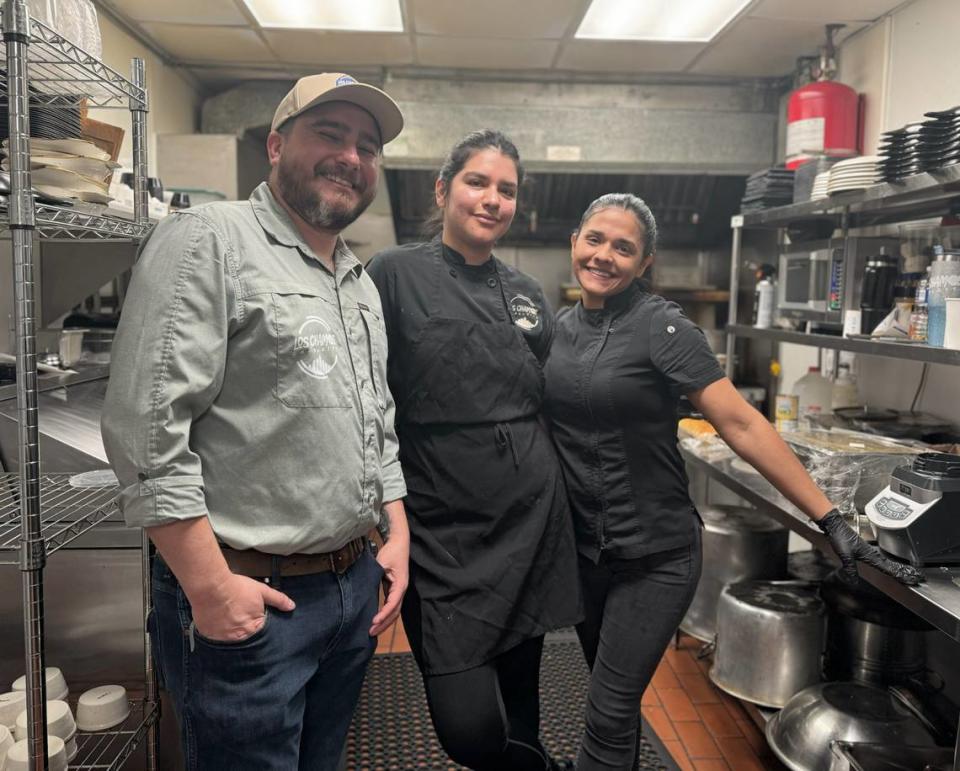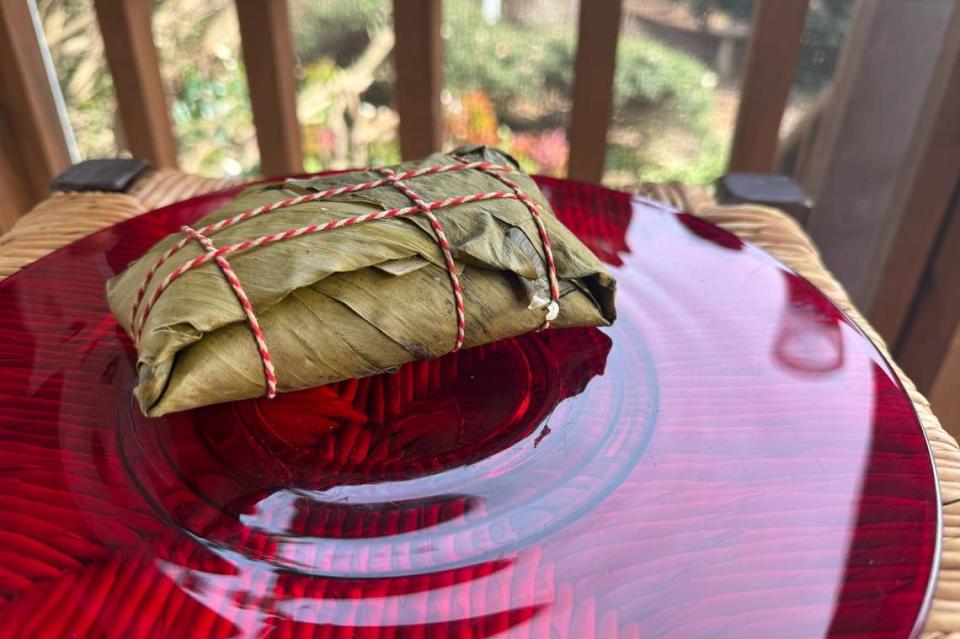Tamales, hallacas and humitas: Unwrapping a cornmeal holiday tradition in Charlotte
Asking a Latino Charlottean about tamales during holidays in the Carolinas is like asking a neighbor about the best barbecue. Prepare for a long discussion and a passionate point of view.
Tamales are not all the same. The ones in Mexico are completely different from the hallacas of Venezuela, the humitas of the Andes, the pasteles en hoja of the Caribbean, the nacatamal of Nicaragua and the guemes of Baja California.
Dozens of major types exist throughout Latin America, with hundreds of regional variations. But some agreement exists. All share a theme of community, celebration and family. And corn, says Latino journalist Rafael Prieto Zartha, who has reported on Hispanic and Latino issues in Charlotte for more than two decades.
A cornmeal dough or fresh corn usually bundles up a savory filling of meat, vegetables, cheese and other ingredients, wrapped in a corn husk or plantain leaf, and then steamed or boiled. Some historians estimate the tradition dates back thousands of years, to Olmec, Toltec, Aztec, Maya, Inca and other cultures.
“In Colombia, we have 500 kinds of tamales,” Prieto said. “In Charlotte, it’s common to have tamales in Mexican or Guatemalan restaurants. From Colombia and Venezuela, it’s mostly offered during the holiday season or special occasions, for a meal at Christmas or New Year’s.”
The Hallacas of Venezuela
For Venezuelans, hallacas are all about the holidays. Larger than most tamales, hallacas are about the size of a really thick smartphone and include a filling of beef, pork, chicken, olives, raisins, onions and roasted peppers. The ones in Caracas, anyway. Venezuela has eight regions, each with its own hallacas variations.
For Michel Meza Chacon, who started the Venezuelan restaurant Los Chamos on South Boulevard with cousin Carlos Calzadilla in September 2022, hallacas represent a fusion of Native American and Spanish culture. They bring together the cornmeal masa of the Native Americans and the guiso, or stew filling, of the Spanish colonists.
“The cooking is just an excuse to share quality time with family and friends,” Meza explained. “You start by cleaning the plantain leaves and cutting them out in the shape you need them. Someone else does the dough, and someone else does the stew. Then you have someone who spreads out the dough, another fills it, another closes it. And finally, just one person goes to the kitchen and puts them all together to boil. It’s like Christmas. It’s quality family time.”

A family in a restaurant
The staff of Los Chamos (slang for “friends” in Spanish) is like a family, Meza said, and they begin making hallacas in early November, in the hours before the restaurant opens. Accompanied by Venezuelan music, it becomes an in-house party. They’re available through the end of December, ordered online, by phone, or at the restaurant. The dish that requires five to seven hours of preparation is $10.
Los Chamos represents an opportunity to introduce Charlotteans to Venezuelan gastronomy, Meza said, and it’s also an oasis for recent Venezuelan immigrants.
“When you’re on your own, it’s hard, because you’re not going to make 60 or 50 or 40 hallacas by yourself,” Meza said. “It’s one of the reasons we created this restaurant, because we want Venezuelan people to come and feel like they’re at home, even for a little while.
“American people are going to love it, I promise, because it’s delicious. But that specific dish is created for Venezuelans because we want them to feel like they’re going back home, just for a bit.”

Finding tamales
About 160,000 Latinos from Mexico, Central America, South America and the Caribbean live in Mecklenburg County, or 14% of the population, according to the 2022 U.S. Census American Survey.
Many Latin restaurants and bakeries offer versions of tamales during the holidays. Call ahead or check their websites to see if they’re available. Some home cooks offer them to friends or teach lessons, too. Check Facebook pages, including the Latin American Coalition or the Alianza de Venezolanos en Charlotte. Latin grocery stores offer ingredients, as well, including Compare Foods.
Bob Page is director of student media and Sam Carnes is a new graduate of the James L. Knight School of Communication at Queens University of Charlotte, which offers the news service in support of local community news.

